
The Art of Plate Selection: A Chef's Journey in Picking Japanese Tableware
Written by Tominaga Chiaki
In our ongoing exploration of Japanese tableware, we have had the privilege of interviewing skilled artisans from various kilns, who are professionals in crafting traditional Japanese tableware. Time and again, we heard a heartfelt desire from these artisans – they wished for their creations to be embraced in people's daily lives, enriching their existence through the simple joy of using these vessels.
As a natural extension of our quest, we decided to delve into the perspective of those who probably utilize Japanese tableware the most - the culinary experts behind the art of Japanese cuisine. So, we reached out to Chef Yoshiaki Mori from "Kisaku," a renowned traditional Japanese restaurant in Tokyo's Azabu-Juban district. Chef Mori shared his passion for tableware, detailing his most cherished pieces and the intriguing stories that accompanied each one.
table of contents
An Artful Obsession with Tableware

According to Chef Mori, becoming a Japanese cuisine chef involved an extensive study, encompassing not only disciplines like tea ceremony, ikebana flower arrangement, and architecture, but also the world of Japanese tableware. To achieve visual harmony, one must consider various aspects: suitability for the season, alignment with the course menu's flow, and compatibility with the ingredients' cooking methods.
During the cold season, ceramic vessels exuding warmth take center stage, while in warmer weather, delicate porcelain shines. Moreover, the balance of the course menu calls for alternating between dishes that require heat and those that do not. Hence, the choice of tableware must account for these factors, ensuring an exquisite culinary journey for the diner.
When asked if specific courses dictated the choice of tableware, Chef Mori responded, "I change the tableware every day." Even if the menu remains almost the same, the day's weather, the availability of ingredients, and the customers themselves vary constantly. The chef's thoughtfulness behind selecting the perfect vessel for each occasion feels indulgent and luxurious for guests like us.
Encountering Shingo Oka of Tenpyo Kiln in Karatsu
"My father had a passion for ceramics, and when it comes to ceramics, Kyushu has always been renowned. Oka's pieces stand out due to their warmth and the abstract illustrations, which drew my father's attention. He suggested that I look into Oka's work, and that's how we got connected."
Since that fortuitous meeting, Chef Mori initially acquired Oka's pieces through exhibitions and pre-existing designs. However, he found that commissioning custom-made tableware, tailored to Kisaku's culinary offerings, better served his needs. Being a former cooking instructor himself, Oka possesses an intimate understanding of what chefs desire in their tableware, making him highly sought-after and respected by culinary professionals.
Oka would even visit Kisaku to understand the restaurant's ambiance and propose designs that perfectly complemented the dining experience. Given the angular interior design of the restaurant, he favored rounded and oval shapes, creating a natural synergy between ambiance and tableware.

The Beloved Treasures
Graciously, Chef Mori shared his favorite tableware and their significance.
1. Oka Shinichi's Round Plate

This particular round plate, lovingly crafted by Oka, features a painting of Chef Mori's grandfather. It was this plate that inspired the restaurant's name, "Kisaku," as Chef Mori's grandfather was the pioneering figure who achieved the world's first artificial cultivation of shiitake mushrooms.
"This is our signature 'Kisaku' plate. During an exhibition, I requested Oka to create a plate that carried the essence of our restaurant's name and my grandfather's portrait. Consequently, he designed a plate showcasing my grandfather alongside shiitake mushrooms."
This plate serves as the canvas for presenting the main course. Surprisingly, the vivid illustration does not distract from the presentation; rather, it enhances the culinary artistry. Oka even complimented Chef Mori, acknowledging that he understood how to work with the plate, saying, "With this plate, you have to ignore the design when plating, but you seem to understand it well."
As diners progress through their meal, the full image on the plate gradually unfolds, offering a delightful surprise.
2. Kosode (Kimono Sleeve) Dish

Next on display was an unusual dish that accommodates a serving of "Ayu" fish for the tasting menu. Its unique shape mirrors the traditional attire known as "kosode," earning it the name of "Kosode dish." Originally designed to hold just a small portion, it has been scaled up based on Chef Mori's request.
"While these larger versions are uncommon, I asked Oka to make them larger, and he obliged."
The dish's impactful form and bold artwork are perfect for the summer season. With a touch of platinum, it exudes a refreshing ambiance, ideal for showcasing delicate dishes like grilled ayu fish. Its distinctive shape becomes a conversation starter, allowing Chef Mori to share the intriguing story behind this fascinating tableware with his guests.
3. Black Undulating Bowl

"When I was planning to open the restaurant, I sought advice from my father, who suggested that I let Oka make all the tableware. So, I visited Tenpyo Kiln and selected this bowl as my first piece. There are few black ingredients, so most things look good in a piece of black tableware, no matter what you place in them."
Robust and thick-walled, this bowl seems tailor-made for the winter season, but Chef Mori finds it versatile enough for year-round use. Its depth of meaning resonates as it was the initial vessel he chose for Kisaku's grand opening in April, where he served sashimi. He holds a deep affection for this bowl and cherishes his father's recommendation of Oka's work, an endorsement he deems invaluable.
Behind the Plates
"Kisaku" opened its doors in 2010, and among the array of showcased tableware, some have graced the restaurant for over a decade, still serving steadfastly. One might wonder if frequent use leads to wear and tear, so we inquired about this concern, only to learn about the intriguing tradition of "Kintsugi." Most distinguished Japanese cuisine establishments follow this practice, entrusting skilled artisans to mend and maintain these beloved tableware pieces, preserving their enduring beauty and utility. When a dish displays too many signs of restoration, it is gently retired from restaurant service and finds a new purpose in the comfort of homes, cherished for the memories it carries. This reverence for tableware emerges as a cherished tradition deeply rooted in the culture of Japanese cuisine, a delightful testament to its enduring charm.
Listening to the accounts of these exceptional pieces, we found ourselves yearning to encounter these enchanting vessels adorned with the marks of "Kintsugi." We long to hear the owners recount their narratives, revealing the essence of each captivating piece, prompting us to ask with heartfelt curiosity, "What led you to select this exquisite tableware?"





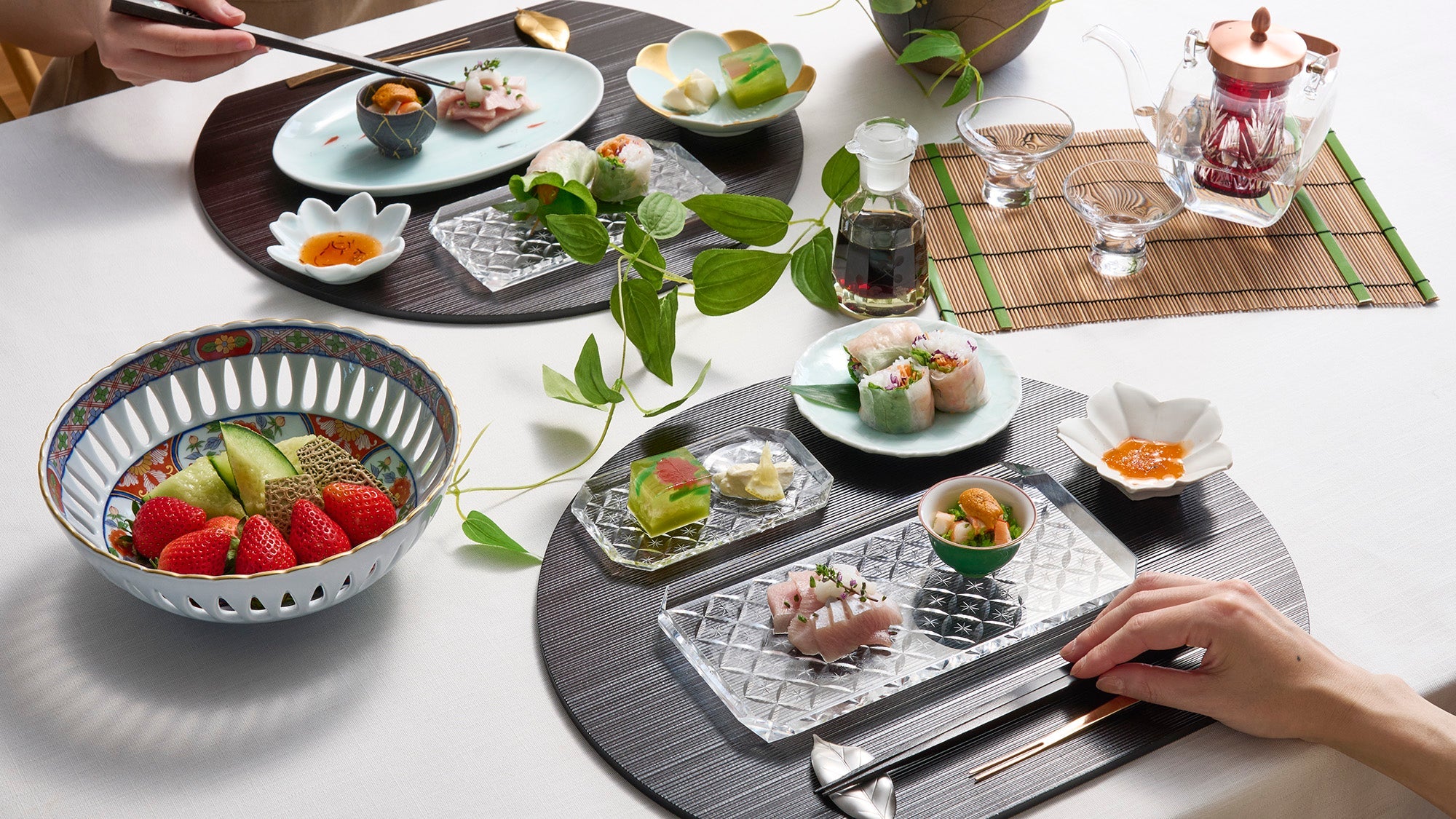
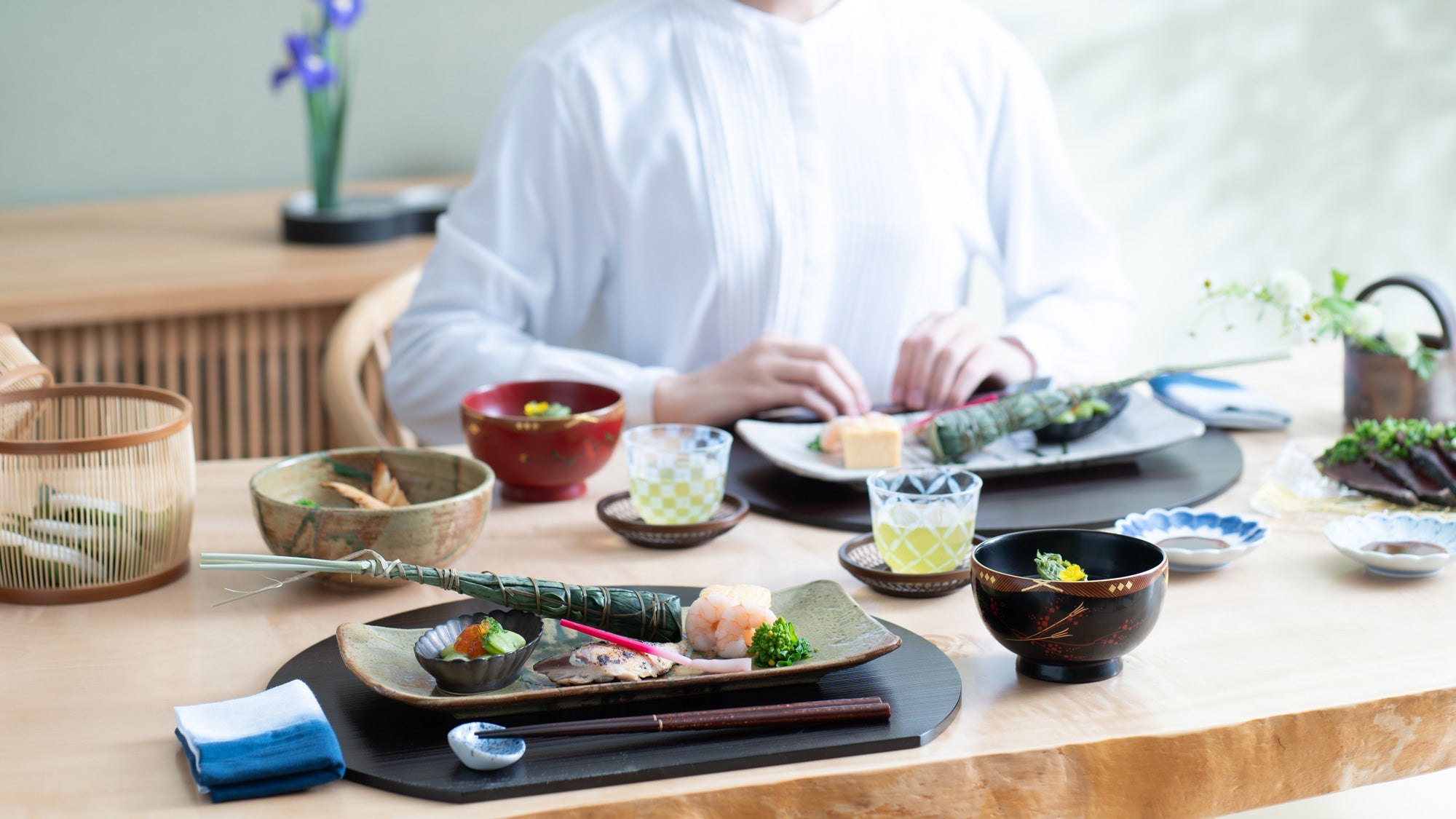
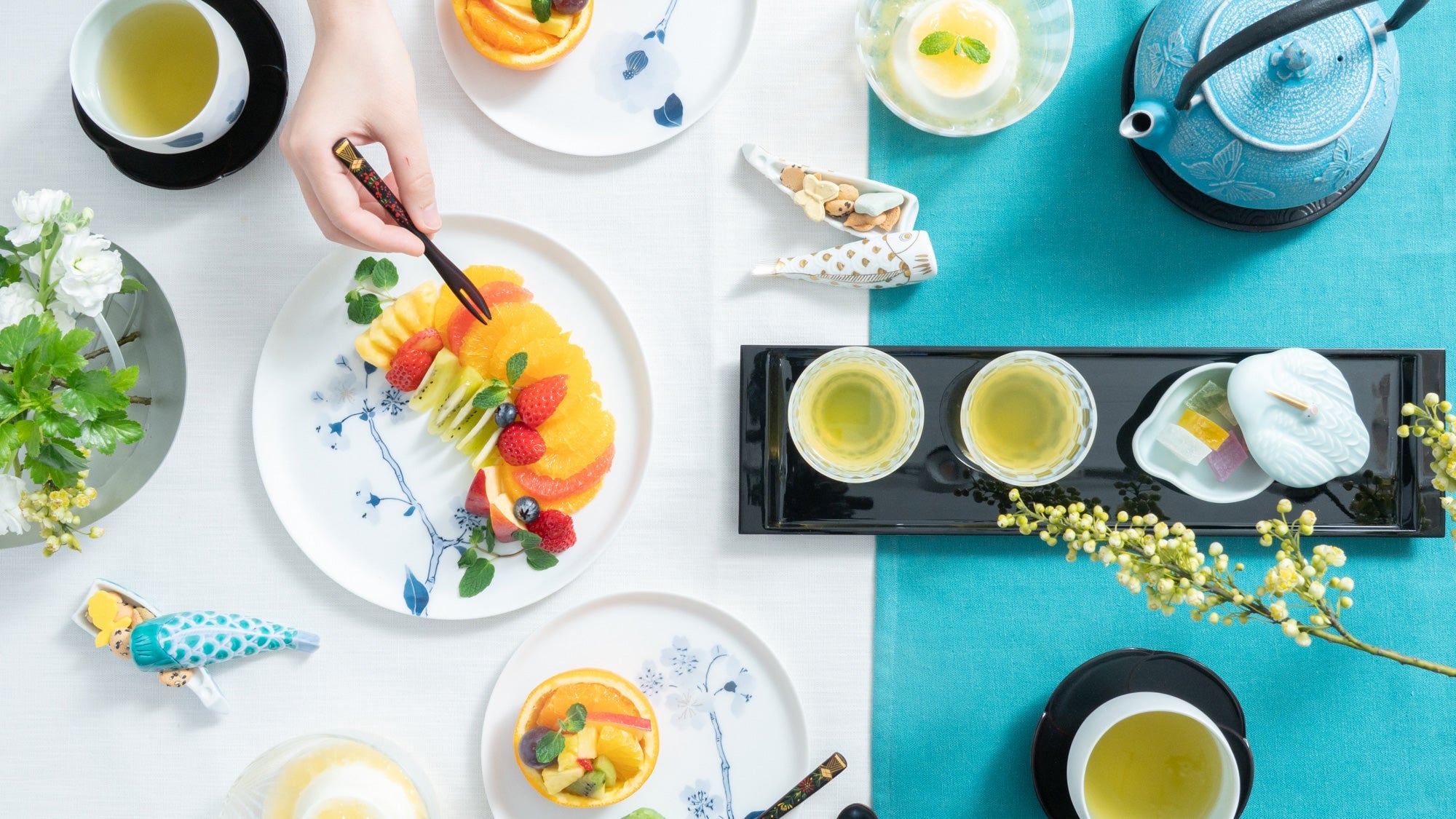
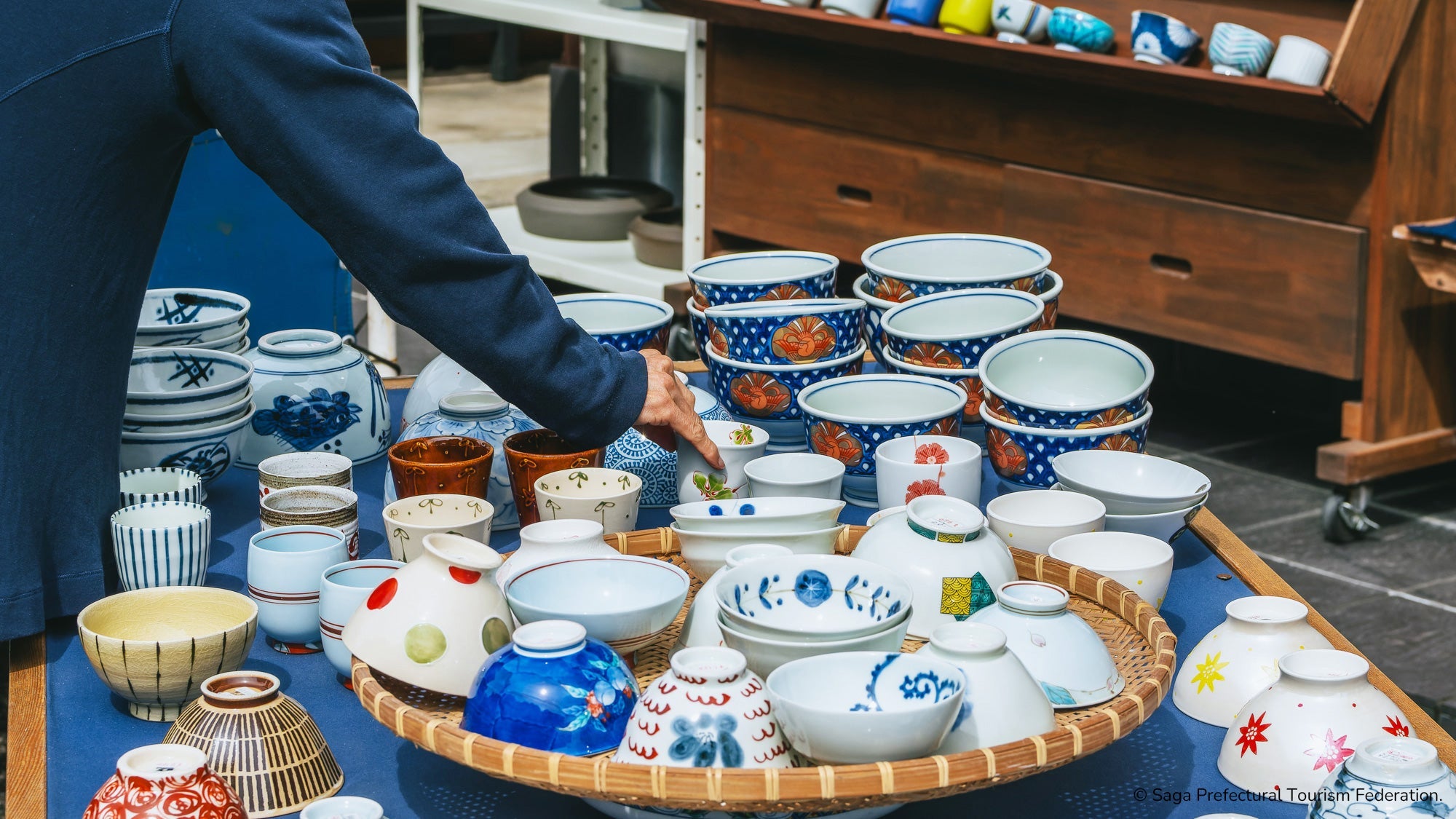
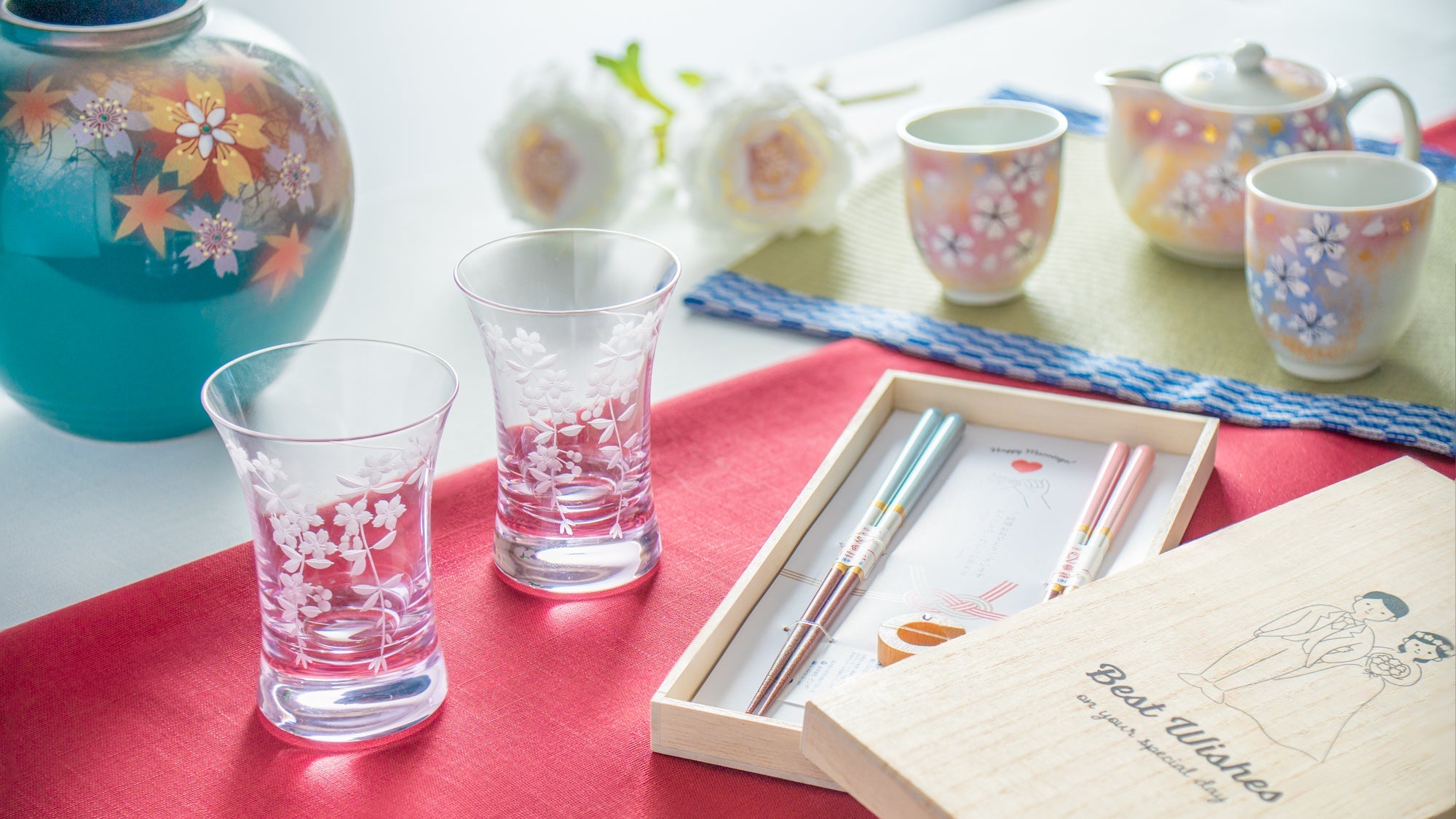
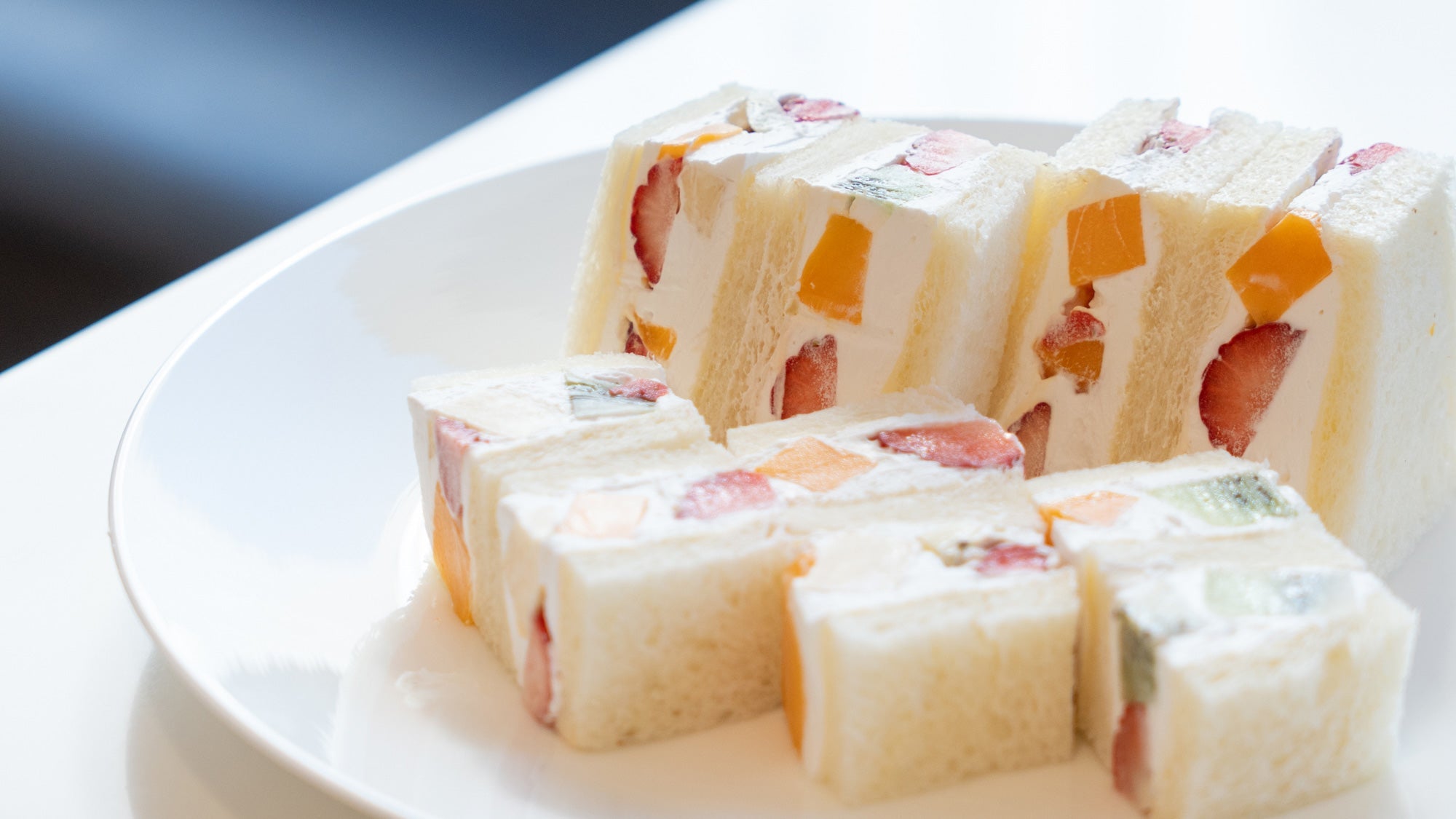

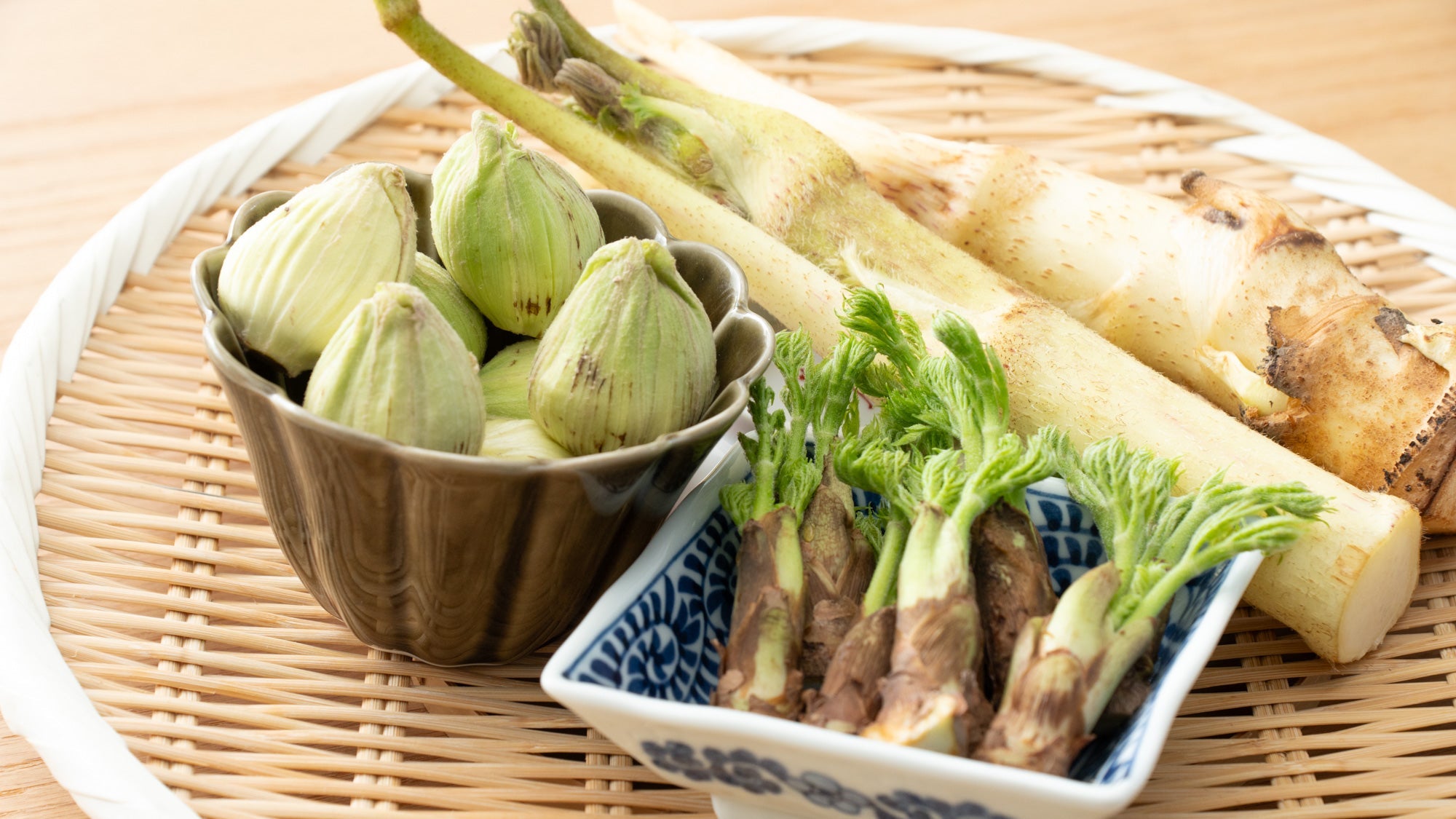

Leave a comment
This site is protected by hCaptcha and the hCaptcha Privacy Policy and Terms of Service apply.